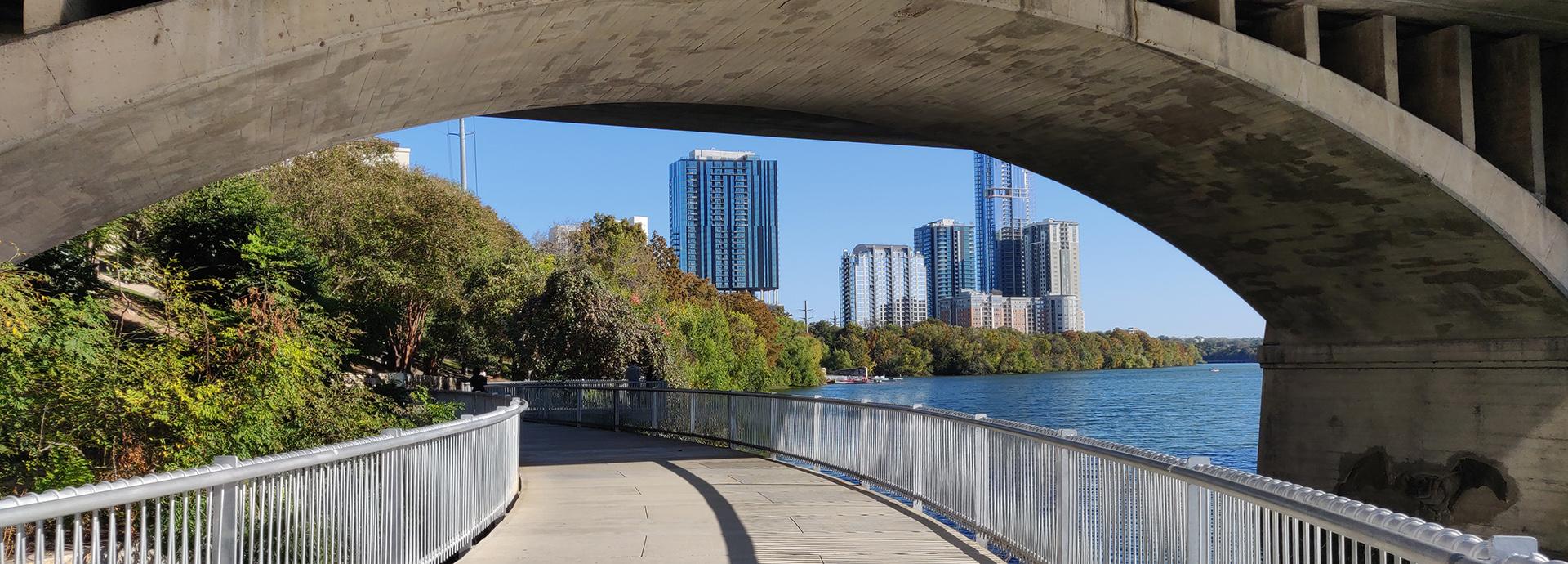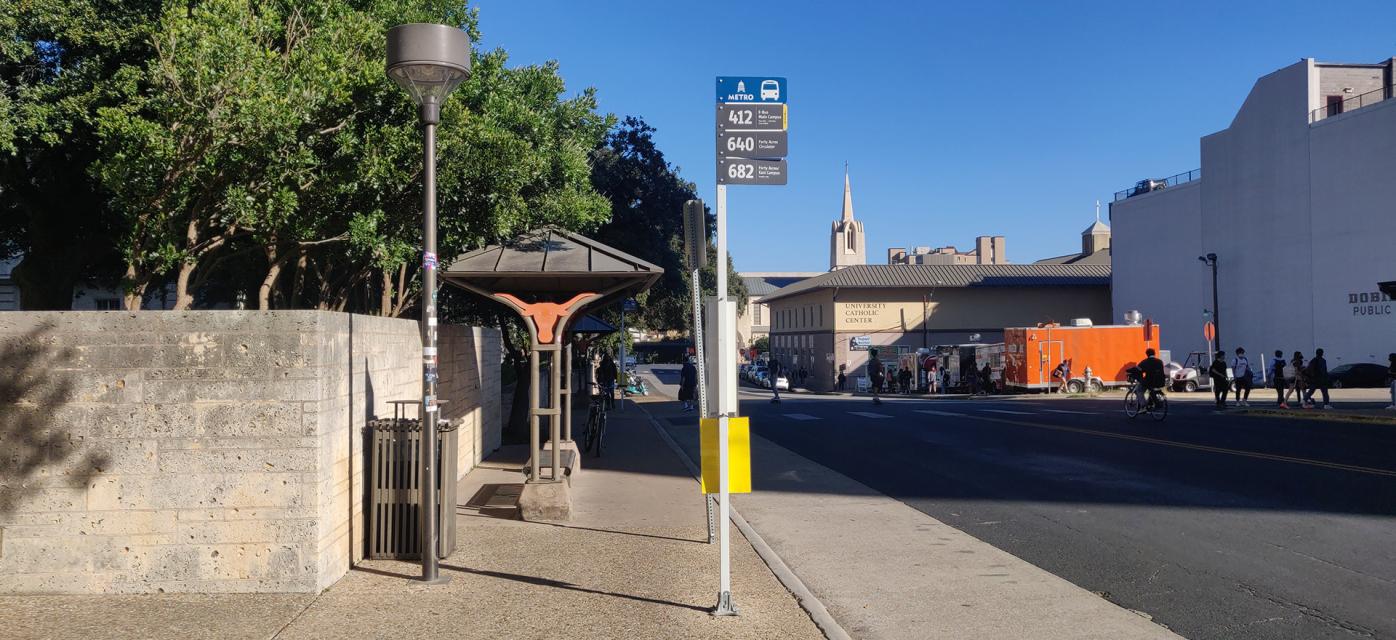

After people find out I’m from Finland, the most common question I get in Austin is whether I like the city. I would always answer that I loved it. The weather is so nice, the food is awesome, the street art is beautiful, there’s music everywhere.
I really do feel like Austin is right for me. Even if I had flown across the globe, there was something about Austin that made me feel like I wasn’t that far away from Helsinki. A big city but in a way that felt like it wasn’t. Weird in a decidedly good way. The blueberry in the middle of an otherwise red muffin.
“I wish it wasn’t built for cars though,” I would sometimes add after heaping enough praise on my companion interested to hear whether I liked the place they called home or not.
It’s the infrastructure, stupid
Of course, I had been told this would be the case. Excluding some of the older cities like New York, Chicago, and San Francisco that have retained their rapid transit systems, much of public transportation in the United States was dismantled by the end of the 20th century. Moreover, for a complex set of reasons, building reliable transit routes today has proved both costly and slow (Aaron Gordon breaks down these dynamics well in his Vice article).
Austin is in the middle of these dynamics. On the one hand, there is a long history of building sprawling highways with dozens of lanes to accommodate commuters in a state dependent on its gas and oil industry. On the other, as the rapidly growing capital city of Texas, there is continued push by both the leaders and residents of Austin to invest in public transportation.
For me, all this means that I would get extremely skeptical looks when I said that I was going to bus, bike, and walk my way through Austin. And sure, it hasn’t been that easy at times. But the important part is that it can (mostly) be done.
Seeing Austin through the window of a bus
To live in Austin without a car, location is key. Finding a place that is close to bus routes and grocery stores is not a given, even in neighborhoods relatively close to downtown. Neither is walkability. There might be a Walmart less than a mile away from where you live, but when it’s surrounded by miles of parking lots and highways without any sidewalks, getting there is a daunting task.

Using the bus also requires giving up the idea that you can get where you want in exactly the time you need to. I would come to look at the bus schedules more as suggestions than actual timetables. There are ghost buses that don’t show up. The bus might leave you halfway through the drive due to rowdy passengers. You just roll with it and reserve plenty of extra time for your trip.
"Buses running in cities not quite used to them are odd places. They offer you a window beyond the gentrified lines of the city. When you are on the bus, you are there together with people."
Once I started looking at bus trips as a way for me to get work done, read a book or to just observe people, I found I enjoyed them a lot more. And there is a lot to observe. Buses running in cities not quite used to them are odd places. They offer you a window beyond the gentrified lines of the city. When you are on the bus, you are there together with people.
You’re there with the international student who is just as lost as you are. You’re there with the weary nurse who has deep lines of pandemic exhaustion on her face. You’re there with the dusty haired construction worker who wears the changing city on his clothes. On the bus, I’ve told my story to people who have never even heard of Finland. I’ve heard things equally unimaginable to me.
And yeah, people talk to you on the bus. For a Finnish person, this is the epitome of culture shock. But the strangest conversation about buses I’ve had was with a person who had never stepped foot in one.
“Tell me, what kind of people use the bus? I can’t even imagine it,” a new acquaintance once asked, in a way that suggested he was talking about people living in a different country, maybe on a different planet.
I could only laugh.


